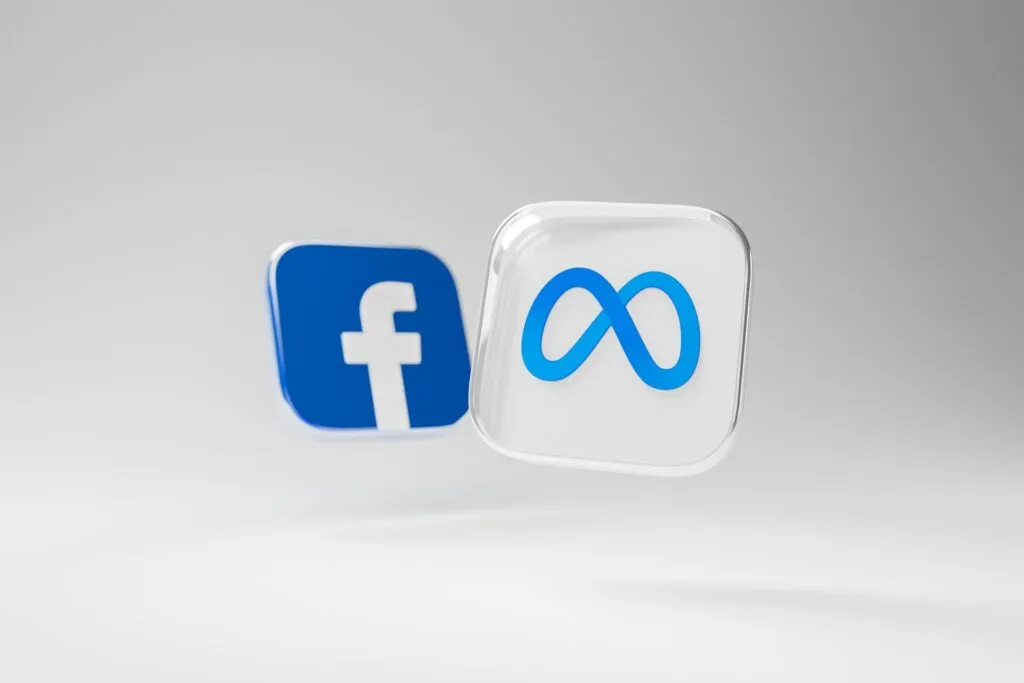How to Boost a Brand: Strategy
How to Boost a Brand: In today’s hyper-competitive and digitally driven marketplace, boosting a brand is more than just a marketing task—it’s a comprehensive, strategic endeavor that demands careful planning, sharp execution, and constant evaluation. A strong brand isn’t just about logos or catchy taglines; it’s about creating a distinct identity, building trust, delivering consistent experiences, and aligning business goals with audience expectations.
This article offers a detailed, professional exploration of strategies that effectively boost brand performance, increase visibility, and foster long-term loyalty while ensuring SEO optimization throughout.
Understanding Brand Strategy
A brand strategy is a long-term plan designed to achieve specific goals related to brand positioning, awareness, equity, and perception. It’s the blueprint that guides all branding efforts across marketing, communication, and the customer experience.
A comprehensive brand strategy includes:
- Brand Purpose and Vision
- Target Audience Definition
- Value Proposition
- Brand Personality and Voice
- Competitive Analysis
- Positioning Strategy
- Visual Identity
- Brand Messaging
- Channel Strategy
Each of these elements contributes to a cohesive brand that resonates with its audience and stands out in the marketplace.

How to Boost a Brand: Define Your Brand Purpose
The most successful brands begin with a clear purpose. This purpose is the “why” behind the brand—why it exists, beyond making profits. It’s what inspires employees and connects emotionally with customers.
- Nike inspires through innovation and empowerment.
- Patagonia connects with environmental activism.
- Apple promotes innovation and creativity.
Having a compelling brand purpose improves customer loyalty and enhances employee engagement. It also helps align all marketing strategies and internal initiatives.
Identify and Understand Your Target Audience
No brand can appeal to everyone. A well-defined target audience allows a brand to tailor its messaging, visual identity, and content to meet the specific needs and expectations of its ideal customers.
Key steps to define a target audience:
- Demographic Data: Age, gender, income, education.
- Psychographics: Interests, values, lifestyle choices.
- Behavioral Patterns: Buying habits, online behaviors, brand loyalty.
- Pain Points: What problems your product or service solves.
Tools such as Google Analytics, social media insights, and customer surveys can help gather meaningful data. Developing detailed buyer personas enhances personalization and communication.

Build a Strong Value Proposition
The value proposition is the central message that communicates why customers should choose your brand over others. It must be clear, concise, and compelling.
To craft an effective value proposition:
- Highlight unique benefits.
- Explain how you solve a problem.
- Be specific and customer-centric.
- Differentiate clearly from competitors.
For instance, Zoom’s value proposition revolves around easy and reliable video conferencing, which became incredibly relevant during the pandemic.
Craft a Consistent Brand Identity
Brand identity is the visible and emotional expression of a brand, including elements such as the logo, color palette, typography, imagery, tone of voice, and brand personality.
A consistent identity across all platforms builds trust, improves recognition, and reinforces your brand message. It must be reflected in:
- Website and app design
- Social media presence
- Email communication
- Packaging
- Customer service
Maintaining a brand style guide ensures uniformity and cohesion across all marketing efforts.
Conduct a Thorough Competitive Analysis
Analyzing the competition reveals market gaps and helps refine positioning. This process includes:
- Identifying direct and indirect competitors
- Evaluating their strengths and weaknesses
- Studying their branding and marketing strategies
- Understanding their audience interactions
- Benchmarking pricing, services, and customer experience
Use this analysis to differentiate and highlight your brand’s unique value in a crowded market.

Position Your Brand Effectively
Brand positioning defines how your brand is perceived in the minds of your target audience compared to your competitors. It’s about owning a unique space in the market.
Positioning strategies can be based on:
- Product quality
- Price
- Innovation
- Niche specialization
- Social impact
A strong positioning statement includes the target customer, the category, the benefit, and the proof point. For example, “For eco-conscious shoppers, our clothing brand offers sustainable fashion made from 100% recycled materials, certified by global standards.”
Optimize Your Brand for Search Engines (SEO)
SEO is essential for increasing your brand’s online visibility. A well-optimized brand strategy ensures your content, website, and social profiles are discoverable by your audience.
Core SEO strategies to boost your brand:
1. Keyword Research
Identify high-volume and long-tail keywords related to your industry, products, and services. Tools like Google Keyword Planner, SEMrush, and Ahrefs can help.
2. On-Page Optimization
- Optimize title tags, meta descriptions, and headings with keywords.
- Use internal linking to guide users and bots through your content.
- Ensure keyword placement is natural and contextually relevant.
3. Content Marketing
Create high-quality, informative content that answers user queries. This includes:
- Blog articles
- Tutorials
- Case studies
- Infographics
- Videos
Content should be aligned with user intent and regularly updated.
4. Mobile Optimization
Ensure your website is mobile-friendly. Most users access the web via mobile devices, and Google prioritizes mobile-first indexing.
5. Page Speed and UX
Fast-loading, well-structured websites reduce bounce rates and improve rankings. Use tools like Google Page Speed Insights and GTmetrix to optimize performance.
6. Local SEO
For businesses targeting specific geographic regions, create and optimize a Google Business Profile, encourage reviews, and use local keywords.
Use Social Media to Amplify Your Brand
Social media platforms offer a powerful way to connect with audiences, share brand values, and increase reach.
Key tactics for social media branding:
- Choose platforms that align with your audience.
- Maintain a consistent posting schedule.
- Share a mix of promotional, educational, and entertaining content.
- Use hashtags strategically.
- Engage with followers through comments and direct messages.
- Collaborate with influencers or brand advocates.
Social listening tools like Brandwatch or Sprout Social can help track brand sentiment and engagement.

Create Memorable Brand Experiences
Every interaction with your brand contributes to the overall customer experience. A positive, seamless, and personalized experience fosters trust and loyalty.
Important areas to focus on:
- Easy navigation and checkout processes on e-commerce platforms.
- Fast and friendly customer support.
- Thoughtful packaging and product presentation.
- Follow-up communication post-purchase.
- Reward and loyalty programs.
Consistently delivering beyond expectations transforms customers into brand ambassadors.
Utilize Storytelling to Build Emotional Connections
People don’t just buy products—they buy stories, emotions, and identities. Storytelling humanizes your brand and makes it relatable.
Elements of effective brand storytelling:
- A clear protagonist (the customer or the brand)
- A relatable conflict or challenge
- A transformation or resolution
- Authenticity and transparency
Share real customer success stories, behind-the-scenes content, and narratives about your journey and mission.
Measure Brand Performance and Adjust Strategies
Boosting a brand requires ongoing measurement and optimization. Key performance indicators (KPIs) include:
- Brand awareness (via surveys, impressions, traffic)
- Brand engagement (likes, shares, comments, click-through rates)
- Customer satisfaction (Net Promoter Score, reviews)
- Sales metrics (conversion rate, customer lifetime value)
- SEO metrics (rankings, organic traffic, backlinks)
Use tools like Google Analytics, HubSpot, SEMrush, and social media analytics to track performance. Use these insights to fine-tune campaigns and strategies.
Collaborate with Strategic Partners
Partnerships with complementary brands, influencers, or organizations can significantly enhance your brand’s credibility and reach.
Benefits of strategic collaborations:
- Tap into new audiences
- Share resources and marketing efforts
- Increase brand exposure
- Strengthen authority in your industry
Select partners that align with your brand values and objectives. Co-branded campaigns, joint events, or shared content can generate powerful results.
Protect and Manage Your Brand Reputation
A strong brand can be quickly damaged by a poor reputation. Online reviews, social media comments, and public relations play a significant role in perception.
Steps to manage brand reputation:
- Monitor brand mentions using tools like Google Alerts or Mention.
- Respond promptly to negative feedback with empathy and solutions.
- Encourage satisfied customers to leave positive reviews.
- Maintain transparency in communication.
- Address crises with a clear action plan.
Building a positive reputation takes time, but one negative incident can undo years of effort—stay vigilant.
Innovate to Stay Relevant
The marketplace evolves rapidly. Brands that innovate and adapt thrive, while stagnant ones become obsolete.
Innovation can take many forms:
- Product development
- Customer service enhancements
- Technological integration
- Marketing methods
- Sustainability initiatives
Stay informed about trends in your industry, gather feedback, and experiment with new ideas. Use A/B testing, beta launches, and agile strategies to pivot when needed.
Invest in Brand Equity for Long-Term Success
Brand equity refers to the value derived from consumer perception. Strong equity allows you to charge premium prices, attract top talent, and weather market fluctuations.
Strategies to grow brand equity:
- Deliver consistent quality and service
- Cultivate emotional connections
- Prioritize customer retention
- Enhance visibility through PR and media coverage
- Reinforce brand values in every interaction
Over time, brand equity becomes one of your business’s most valuable intangible assets.
Align Brand Strategy with Business Goals
Your brand should support the broader mission and vision of the company. Marketing, sales, customer service, and product development teams must collaborate to ensure brand consistency.
Benefits of alignment:
- Improved internal communication
- Stronger brand culture
- Unified external messaging
- Efficient resource allocation
Conduct regular strategy reviews to ensure your brand evolves harmonizing with your business objectives.
Conclusion
Boosting a brand is a dynamic, multifaceted process that requires dedication, creativity, and strategic clarity. From defining a clear purpose and audience to leveraging SEO, social media, and innovation, every step contributes to building a resilient, recognizable, and respected brand.
In the modern marketplace, the brands that thrive are those that listen, adapt, and lead with authenticity. A well-executed brand strategy doesn’t just attract attention—it inspires loyalty, generates value, and paves the way for long-term success.


